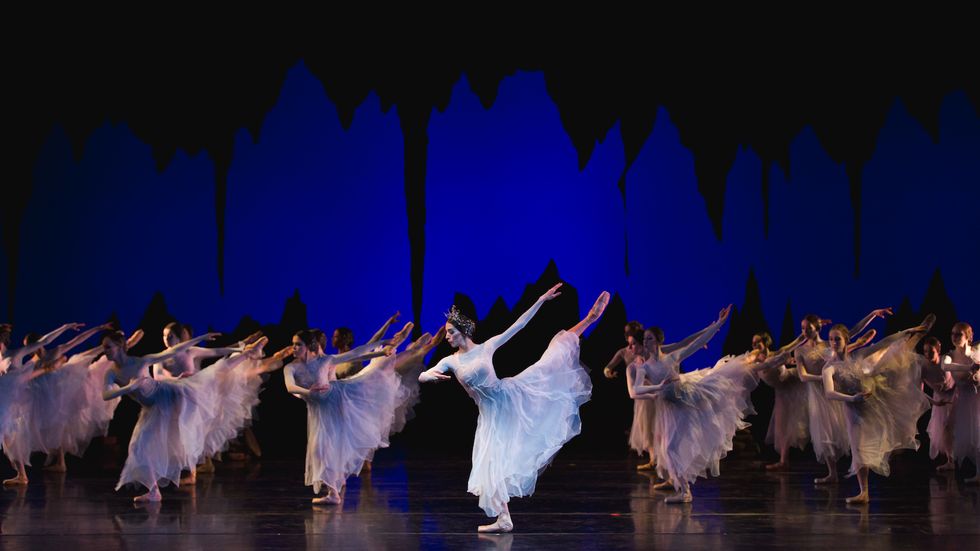This Dancer Defected from Cuba and Relaunched Her Career in the U.S.
When Lisset Santander bourréed onstage as Myrtha in BalletMet’s Giselle this past February, her consummate portrayal of the Queen of the Wilis was marked by steely grace and litheness. The former Cuban National Ballet dancer had defected to the U.S. at 21, and after two years with the Ohio company, she’s now closer to the dance career she says she always wanted: one of limitless possibilities.

Santander captivated as Myrtha with her steely grace. Photo by Jennifer Zmuda, Courtesy BalletMet.
Company:
BalletMet
Age: 25
Hometown: Matanzas, Cuba
Training:
Alfonso Perez Isaac elementary and Cuban National Ballet School
Accolades:
2011 International Ballet Competition in Havana, Cuba (silver), 2011 Mediterraneo Dance Festival in Italy (Best Classical Variation award)
Family business: At a young age, Santander wanted to follow in the footsteps of her stepfather. “When I was little, watching him in his company, Danza Espiral, I wanted to be a contemporary dancer. But after I saw ballet I changed my mind.”
Then and now:
“Her body is beyond proportioned for ballet,” says BalletMet artistic director Edwaard Liang. “She has beautifully arched feet, high extensions and is strong.” But the long-limbed, 5′ 8″ Santander says her facility wasn’t always that way. “I was really bad when I was 10 or 11,” she says. “I wasn’t flexible and couldn’t point my feet.”
Defection:
During two years in the corps of Cuban National Ballet, Santander found its strictly classical repertoire, low wages and the fact that she wasn’t dancing much with the company depressing. This led her, along with eight others, to defect to the U.S. in 2014 during a tour to Puerto Rico. “The company knows it is going to happen on every tour, but they don’t like to talk about it,” she says.
“She’s humble, hungry for artistry and
really wants to dance—I love that.”
—Edwaard Liang
New home: Santander lived in Miami with family for eight months while waiting for the necessary paperwork and green card to audition for ballet companies. She took class at area studios, freelanced and also met her husband, a non-dancer and fellow Cuban émigré.
Adjustment period:
Honed as a textbook classical ballerina, Santander says that BalletMet’s contemporary rep, such as Liang’s Murmuration and Gustavo Ramírez Sansano’s 18+1, challenged her the most when she joined. “I thought, It’s so cool, but how am I going to move like that?”
More to come:
Heading into next season, Liang feels that she has the skill and sensitivity required to expand her repertoire and perform more leading roles. “Her trajectory can be massive.”




